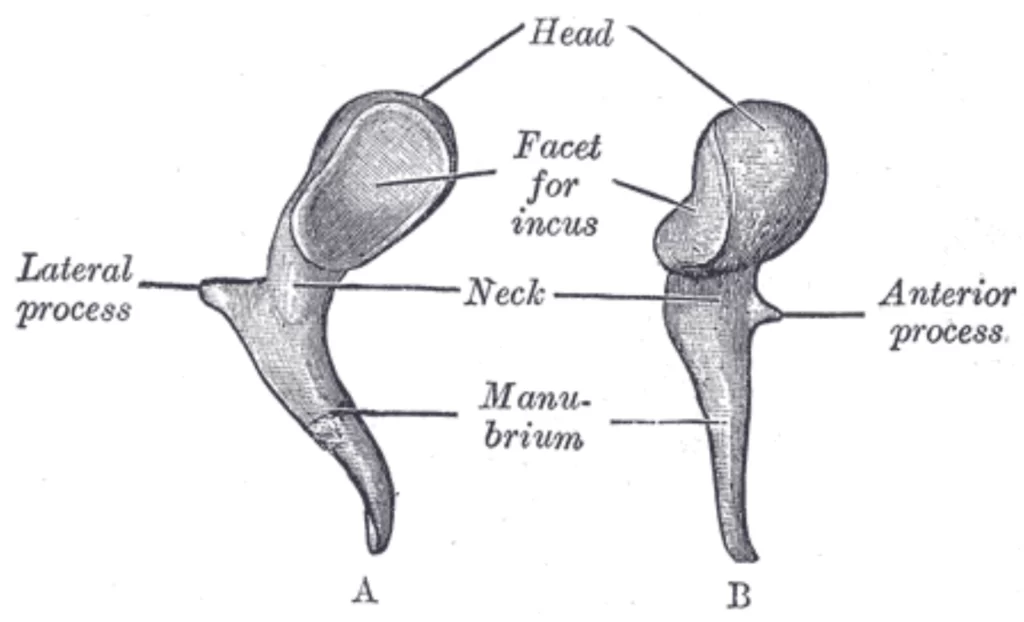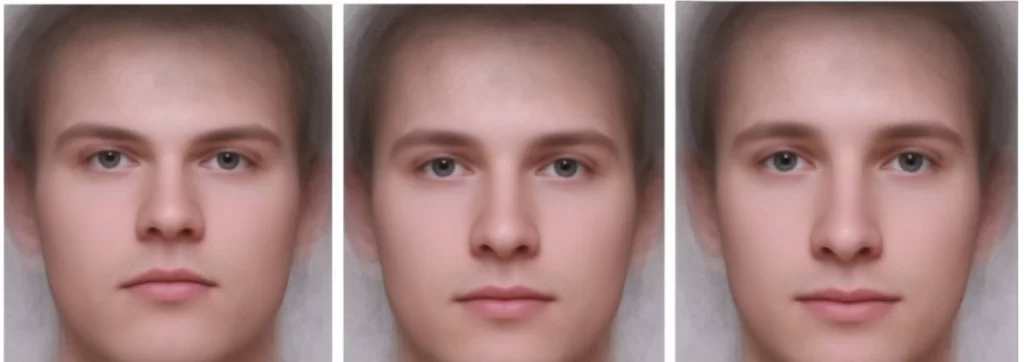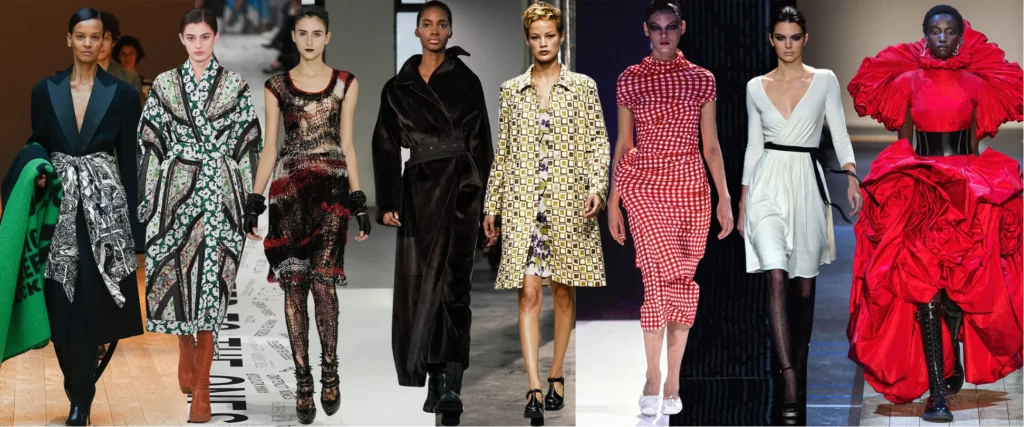The Gray Man Theory encapsulates increasing the chances a gray man or woman will be overlooked.
To be gray is to be invisible.
Why Be Unnoticeable?
If the first rule of prepping is to not talk about prepping, then the next level is to not even be seen. With a casual Jansport backpack, a pair of faded jeans, and an old hoodie, a person can present themselves as non-threatening…without much on them. Even when traveling abroad during current times, it’s common sense to not look “wealthy” or flashy.
In times of crisis such as the aftermath of a hurricane or natural disaster, people in luxury cars are commonly mugged for their gasoline and cash.
The point: your appearance determines your level of noticeability.
Whether you’re scavenging post-apocalypse or simply trying to get through a crowded area, understanding how people “see” presents real blind spots. Think of how a magician misdirects their audience — while they’re lookin’ one way, the magician’s doin’ something else.
When a person has been determined as “part of the backdrop” by observers, the human brain registers that person as a non-threat. Once that happens, poof! You have effectively blended into the background.
Wise survivalists have applied the Gray Man Survival Theory to fade away from the eyes and ears of potential surveillance.
The Human Eye
At every World Cup match, the most viewed event in human history (every year), there is almost always a moving advertisement behind the goal. Researchers have identified the mechanics behind how the human eye works. We, as a species, have incredible vision at pinpoint accuracy…at the cost of blurry peripheral vision. The Gray Man Theory utilizes how the human eye works to “disappear” from a person’s vision.



As a result, becoming a gray man revolves around placement outside of a person’s focus. If a person’s vision is hyperfocused, and they are zeroed in on a focal point — that means the rest of their vision is blurred. Move outside of a person’s focus and place yourself in their peripheral vision. If you imagine your own awareness along with your vision, then compare it to a different angle/perspective, you’ll get the knack of understanding what most people see on a general basis.
Instead of thinking the human eye is primarily a camera, consider for a moment that it’s an extremely high-powered motion detector. Fast movement or bright light/color pricks a person’s awareness and causes their eyes to search for the source. Boom! You’ve been spotted.
The Human Ear


The human ear is truly an amazing machine. A tiny piece of bone the size of a grain of rice receives ALL the different sound vibrations for your brain to figure out what the heck is happening. In any given scenario, a person hears a “normal” set of soundwave vibrations to understand that all is well around them. Think of a graph with all the normal sounds a person hears in a city or in a forest. The chirps of birds, the rustle of the tree leaves, or even the occasional honk of a passing car all represent the “expected & predictable” sounds an environment is supposed to create.
As all human senses are primarily designed for one purpose (survival), a person’s hearing (e.g. their brain) picks up on sounds outside the spectrum. The high-pitched cry of a baby or the sharp rat-tat-tat of semi-automatic gunfire immediately starts a search query for your brain, eyes, ears, and everything else your gut tells you.
In the Gray Man Theory, staying invisible means limiting how you make sounds — high-pitched, fast in frequency, or way off the normal spectrum. In all of those suspenseful moments portrayed in fiction, there’s always that moment of clanging chains. In Shawshank Redemption, remember how the main prison escapist timed his rock blows on the piping with the deep thunder? Being unnoticed and overlooked means aligning your sounds with the natural environment.

The Human Memory
“I’ve learned that people will forget what you said, people will forget what you did, but people will never forget how you made them feel,” (Maya Angelou) embodies the Gray Person approach to remain forgotten. Think for a second of the spark that happens when two people’s eyes meet. That direct eye contact contains layers of meaning that could fill books. Avoid eye contact at all times in the field or when attempting to be unseen. People remember how you make them feel, and that includes when you meet their gaze.
The gray man concept builds a wall of normalcy around your looks and actions. Your preparations go unnoticed and your degree of survivalism is largely dismissed by your neighbors. The clothes you wear are unassuming and present the “average Joe or Jane.” All weapons and tools are concealed and brought out only when needed. The manner with which you hold yourself creates a dismissable memory of a forgettable person. the way you carry your gear, the tools in your shed, and even the manner in which you carry yourself should all construct a facade of a normal person. In any SHTF scenario, the Gray Man Theory is a principle that centers on quietly fading from a person’s memory.

On Clothes
When choosing what to wear, think from the perspective of a detective in the aftermath of a crime, interviewing witnesses. “The lady was wearing a bright red swan dress.” = immediately memorized by any onlooker. Your goal is to cause any onlooker to later have trouble remembering whatever you were wearing, only a dim memory.

Ideally, your entire appearance denotes an unassuming character. What was he wearing? “I don’t know.” What was she doing? “I have no idea.” One potentially great setup is you rolling around in a beat-up, rusty Suburban. Before driving off to a scavenging site, you’ve snatched up your navy-blue classic Jansport bag, and gray beanie hat, and donned your old favorite jeans. A pair of dusty (but durable) hiking boots completes the look of any average person out for a mid-afternoon stroll. If you’re completely decked out in black sniper gear with a rifle and machete hanging from your back, be sure to understand that everyone who’s seen you within a 50-mile radius knows pretty much everything you’re about.
On Actions
It’s the rare person, place, or thing that stands out to a level of importance that we notice it — but when one does, we pay attention!
Our “lizard brain”, that most primordial and oldest part of our brain, is responsible for keeping us alive. It tells us what to pay attention to save our skins. A car goes too fast than the others on the road. A person walks with purpose in a crowd of leisure pedestrians. It’s these events that grab our attention. Conversely, by literally “going with the flow,” a gray person effectively becomes a chameleon within their environment. Think of every action movie with a daring escape after being chased by deadly killers. The trained, seasoned runner stops running. He changes his clothes. Calmly, he walks with the rest of the crowd as bewildered assailants look left and right.
Overall, actions coupled over time represent a person’s demeanor. They’re the best representation of what’s happening inside a person’s mind. How you present yourself to the world determines the split-second judgments others make about you in survival scenarios. “He’s not a threat, I can move on. She’s who again? I’ve got to…” As a complete opposite of a “peacock” character, the gray person is incredibly tough to recall.
On Observation
Some of the most intelligent people are the best impersonators. By watching how people act on a granular level of observation, they are able to mimic another’s idiosyncracies, effectively impersonating another person to the level of generating a knee-slapping response. People-watch the people around you on a daily basis. You’ll find the patterns with which they live, just like a scientist in the jungle who records the daily actions of a silverbacked gorilla. In an emergency scenario, your observations will serve you best in deciding how to act, how to blend in, and how to disappear from danger.
“When in Rome, act as Romans do.” was both a cultural saying and a wise safety warning. Both ancient Rome and any metropolitan today are hustlin’ bustlin’ centers of activity. The art of blending in was simply dropping into the normalcy of everyday human actions. The street vendor casually carts his wares off the street. The repair guy enters a locked access point nonchalantly. One afternoon, a man walks into a bar. These actions all represent mundane details amidst all the noise; your task is to be seen as part of it as you go about surviving.
Final Tips
Predators are not stupid; their skills include highly-developed processes for victim selection. Make yourself a target and you’ll be dealt with first. While others follow others in an emergency, think again rationally. Figure out what’s safest for you, your family, and your group. Mix in with the crowd and skirt the edges as you’re exiting. Visualize your routes to and from any location and you’ll know where to go when SHTF. Situational awareness is a skill that helps us in both daily life and any hairy situation.
The Gray Person Checklist
- Study your environment.
- Dress appropriately.
- Avoid eye-grabbing actions and sounds.
- Go with the flow.
- No one really knows what you have (gear or other).
- Practice situational awareness.
- Be tactful, strategic, and discreet about it all.
- Avoid anything close to a meaningful conversation.
“Always Be Ready” Max



